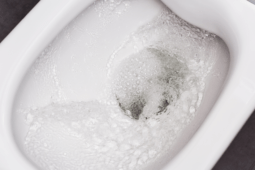Orange You Glad? 6 Surprising Uses for Citrus Peels in Gardening
The next time you’re about to toss those orange peels in the trash, think twice! These aromatic rinds can be a secret weapon in your gardening arsenal. From pest control to soil enrichment, orange peels offer a range of benefits for your outdoor space. Let’s explore six creative ways to use citrus leftovers in your garden, transforming kitchen waste into horticultural gold.
Start your next woodworking adventure with TedsWoodworking! Dive into 16,000+ projects and bring your ideas to life. Build unique furniture and master new skills with Ted’s detailed, step-by-step plans guiding you every step of the way.
1. Natural Pest Deterrent
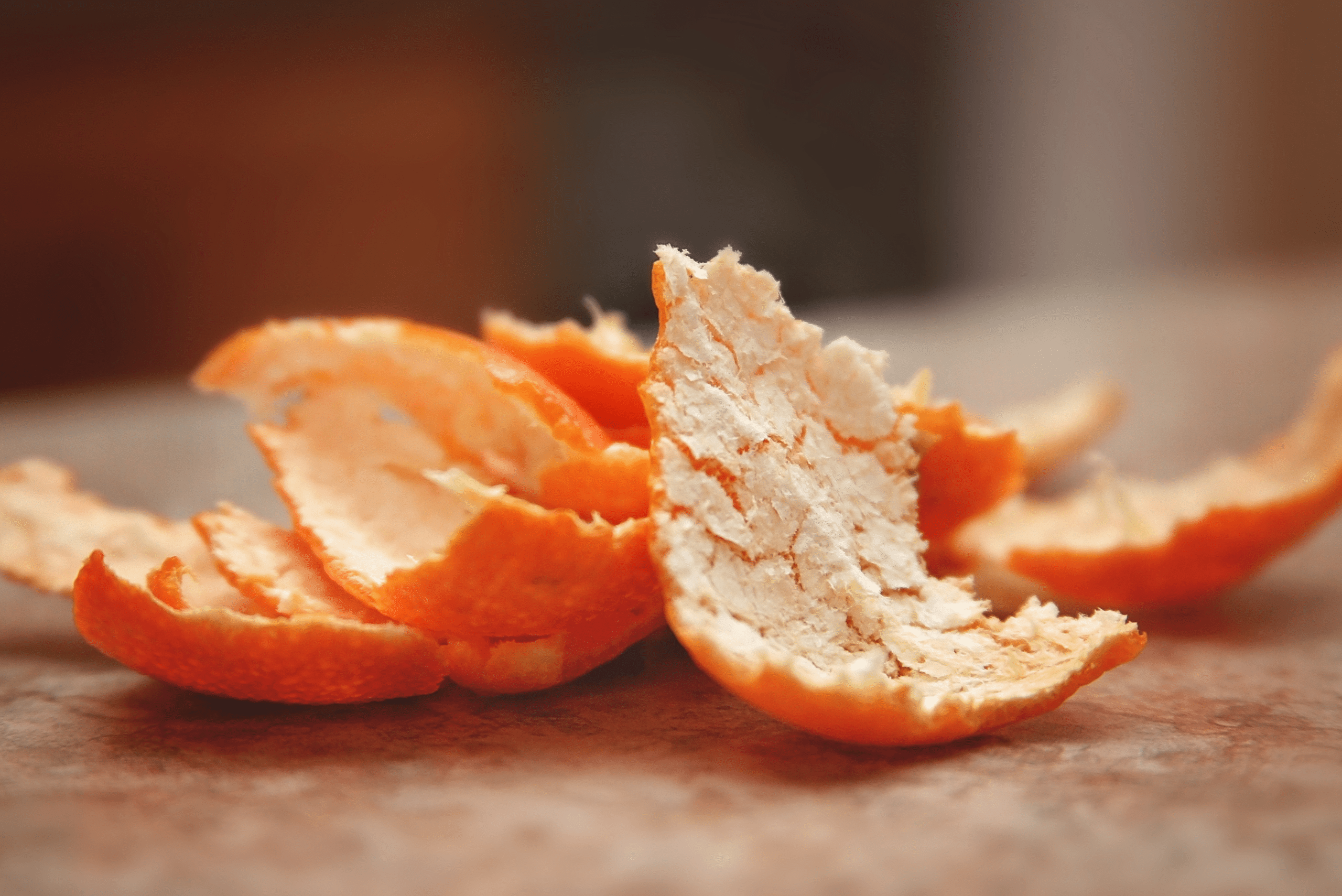
Orange peels contain d-limonene, a natural compound that repels many garden pests. This makes them an excellent eco-friendly alternative to chemical pesticides. Simply scatter small pieces of orange peel around your plants or create a spray by steeping the peels in water overnight. The resulting solution can be sprayed directly on plants to deter aphids, ants, and other common garden invaders.
For larger pests like cats and dogs, place larger pieces of orange peel strategically around your garden. The strong citrus scent will discourage them from digging or using your garden as a bathroom. This method is particularly effective for keeping neighborhood cats out of your flower beds and vegetable patches, ensuring your plants remain undisturbed.
2. Compost Booster
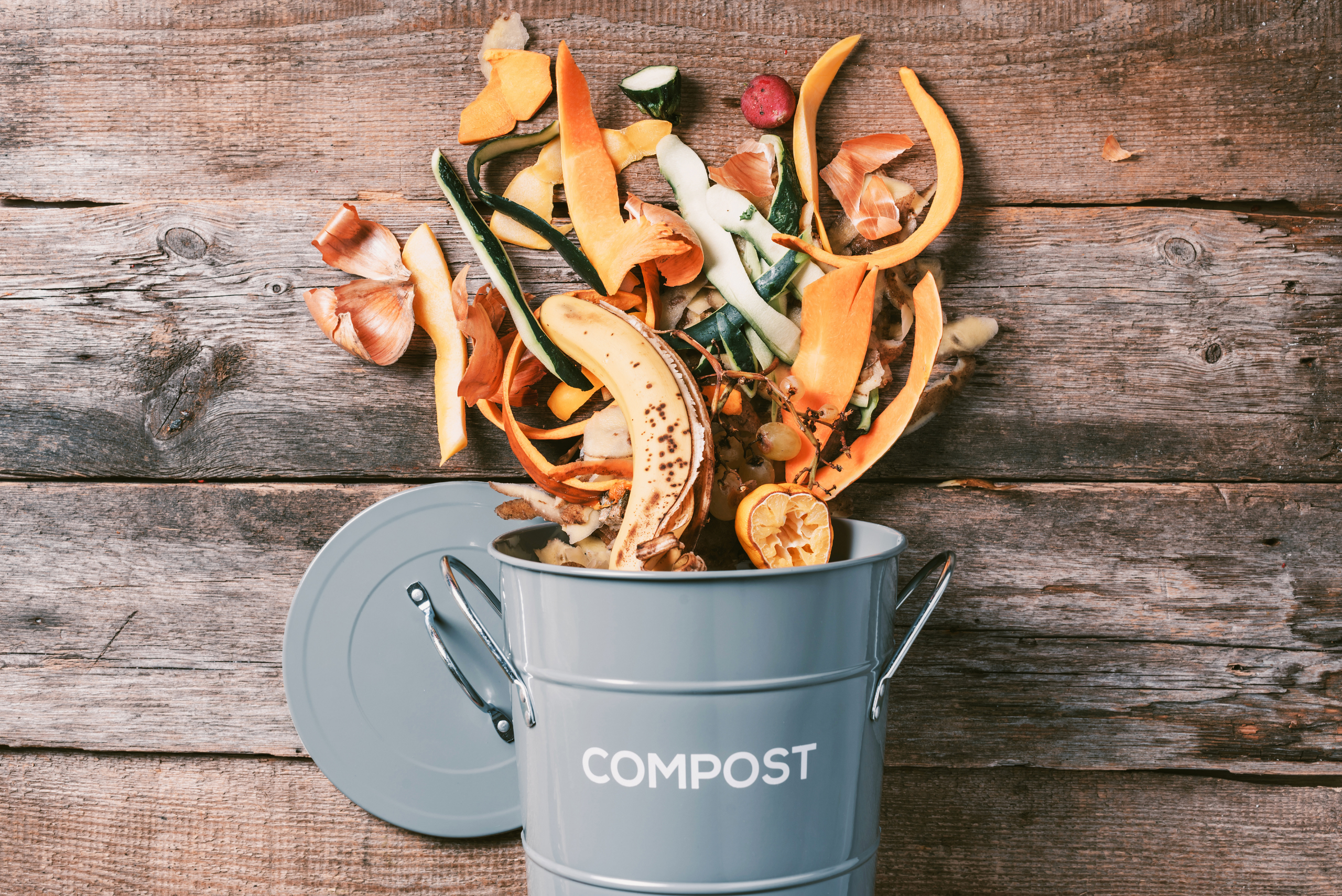
Orange peels are rich in nitrogen, phosphorus, and potassium – essential nutrients for plant growth. By adding them to your compost pile, you’re introducing these valuable elements to your soil. Chop the peels into small pieces to speed up decomposition and mix them thoroughly with other compost materials. This will help balance the carbon-to-nitrogen ratio in your compost, resulting in nutrient-rich soil for your plants.
As the peels break down, they also introduce beneficial microorganisms to your compost. These microbes help accelerate the decomposition process and improve soil structure. Remember to balance citrus peels with other compost materials, as too much acidity can throw off the pH balance of your compost pile. A good rule of thumb is to keep citrus peels to about 10% of your total compost volume.
3. DIY Fertilizer
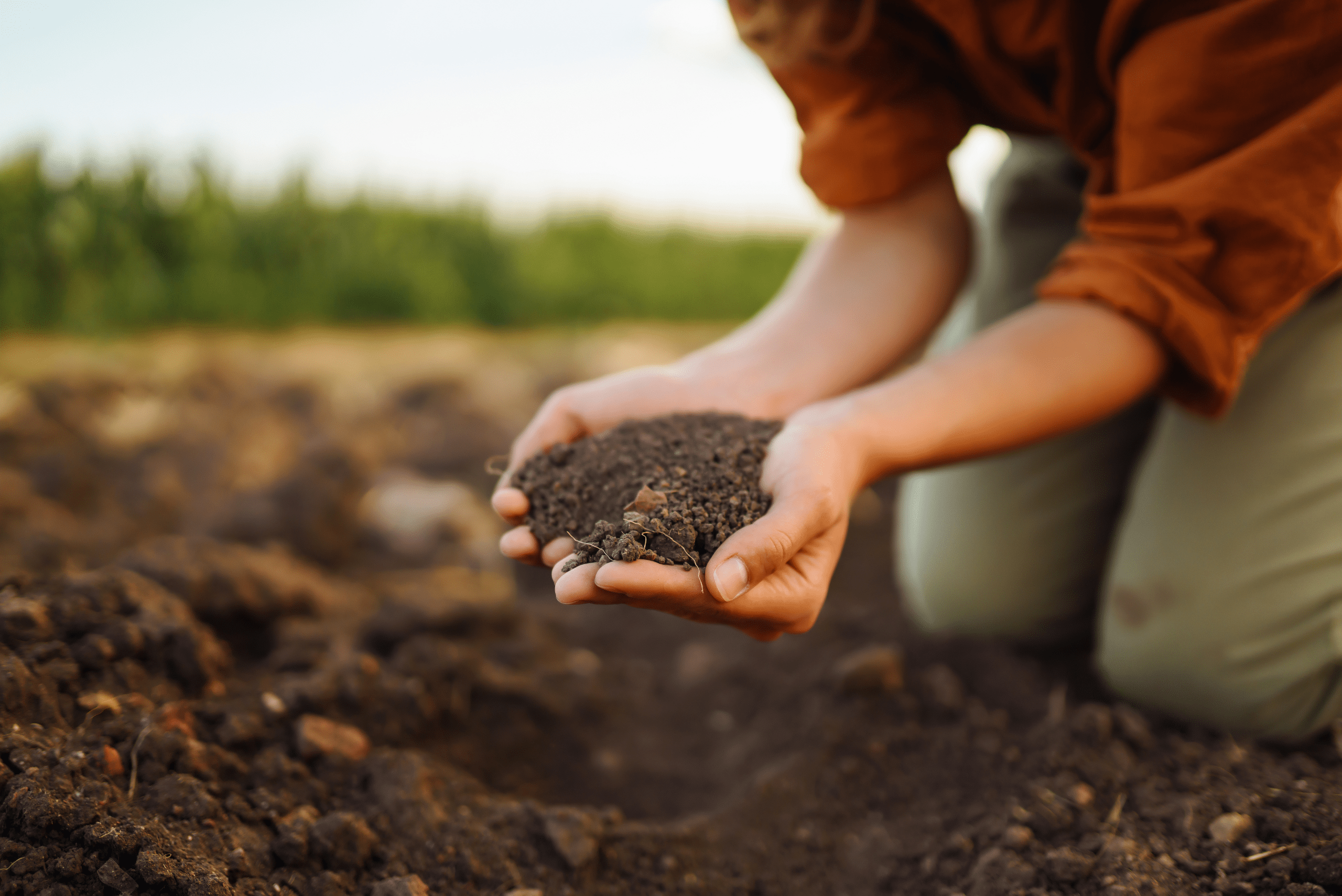
Transform orange peels into a potent liquid fertilizer by steeping them in water. This process, known as “orange peel tea,” extracts nutrients from the peels, creating a nourishing drink for your plants. To make it, fill a large jar with orange peels and cover them with water. Let the mixture sit for a week or two, stirring occasionally. The resulting liquid will be rich in nutrients and can be diluted before applying to your plants.
This homemade fertilizer is particularly beneficial for acid-loving plants like azaleas, gardenias, and blueberries. The natural acidity of the orange peels helps lower soil pH, creating ideal conditions for these plants to thrive. Use this fertilizer sparingly, as too much acidity can be harmful to some plants. Always dilute the solution before use and apply it to the soil around your plants, not directly on the leaves.
4. Seed Starters
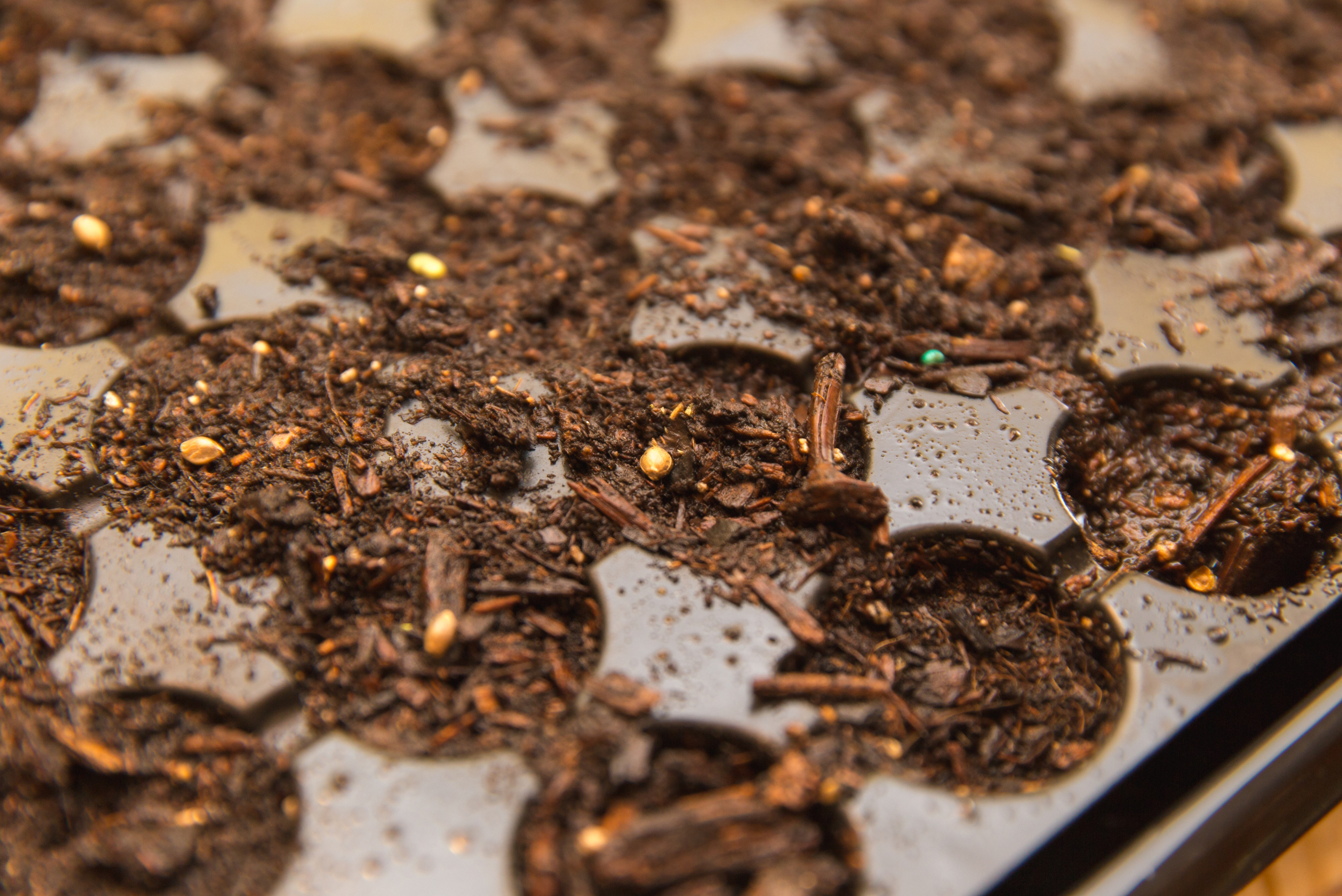
Give your seedlings a head start by using orange peel halves as biodegradable seed starters. This eco-friendly alternative to plastic pots not only reduces waste but also provides nutrients to your young plants as the peel decomposes. To create these mini planters, carefully remove the fruit from the peel, leaving the peel intact. Poke a small drainage hole at the bottom of each half of the peel.
Fill the orange peel cups with potting soil and plant your seeds as usual. The natural oils in the peel will help keep the soil moist and deter fungal growth. When your seedlings are ready to be transplanted, you can plant the entire orange peel cup directly into the ground. As the peel breaks down, it will release nutrients into the soil, giving your plants an extra boost.
5. Aromatic Mulch
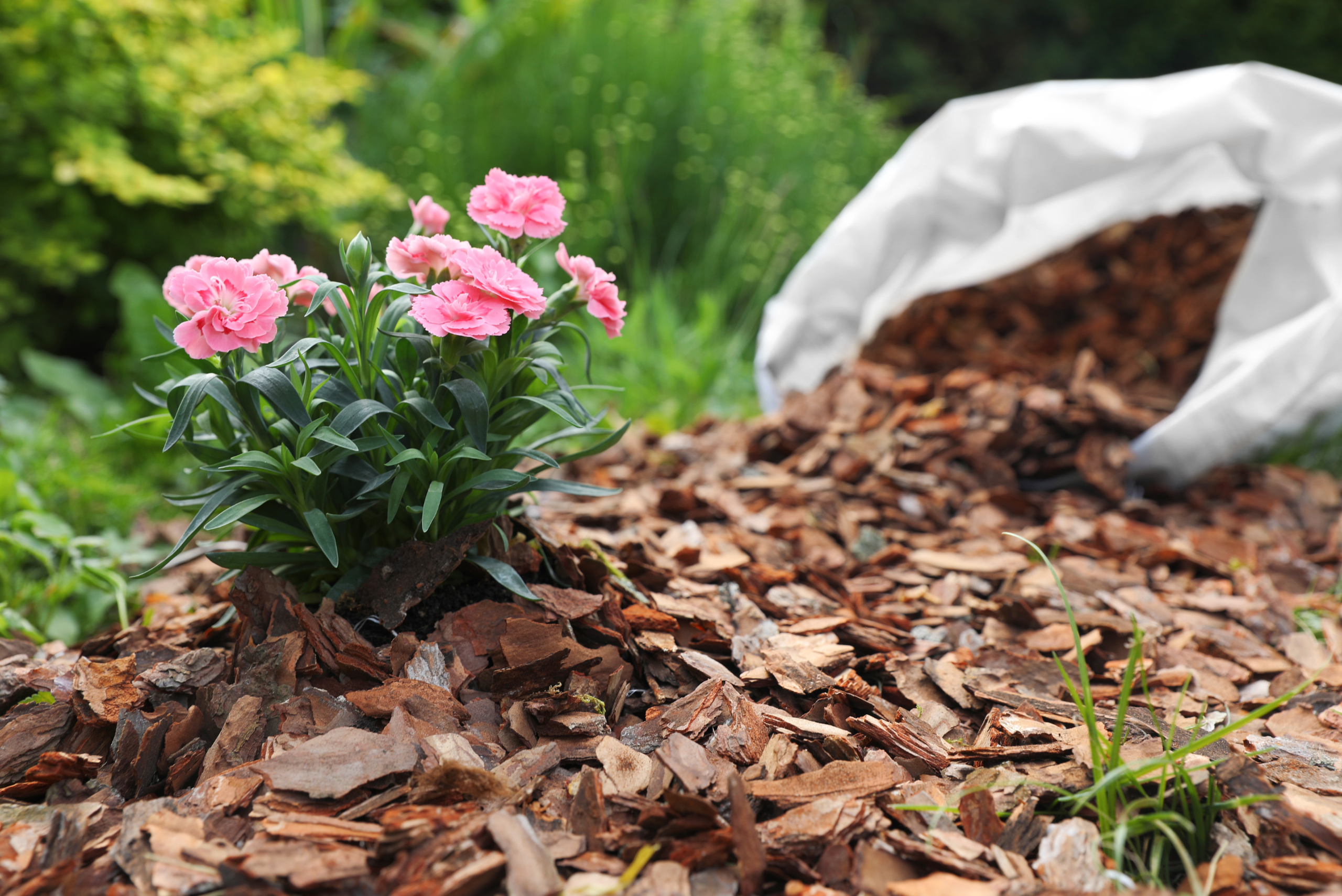
Drying and grinding orange peels creates fragrant and functional mulch. This citrusy mulch not only adds a pleasant aroma to your garden but also helps retain soil moisture and suppress weed growth. To make it, spread orange peels on a baking sheet and dry them in the sun or a low-temperature oven. Once completely dry, grind the peels into small pieces using a food processor or coffee grinder.
Spread this aromatic mulch around your plants, focusing on areas prone to pest problems or where you want to add a touch of fragrance. The mulch will slowly release nutrients into the soil as it decomposes, benefiting your plants over time. This method is particularly effective for herb gardens, where the citrus scent can complement the aromatic herbs. Remember to reapply the mulch as needed, typically every few months or when you notice it starting to break down.
6. Soil pH Adjuster
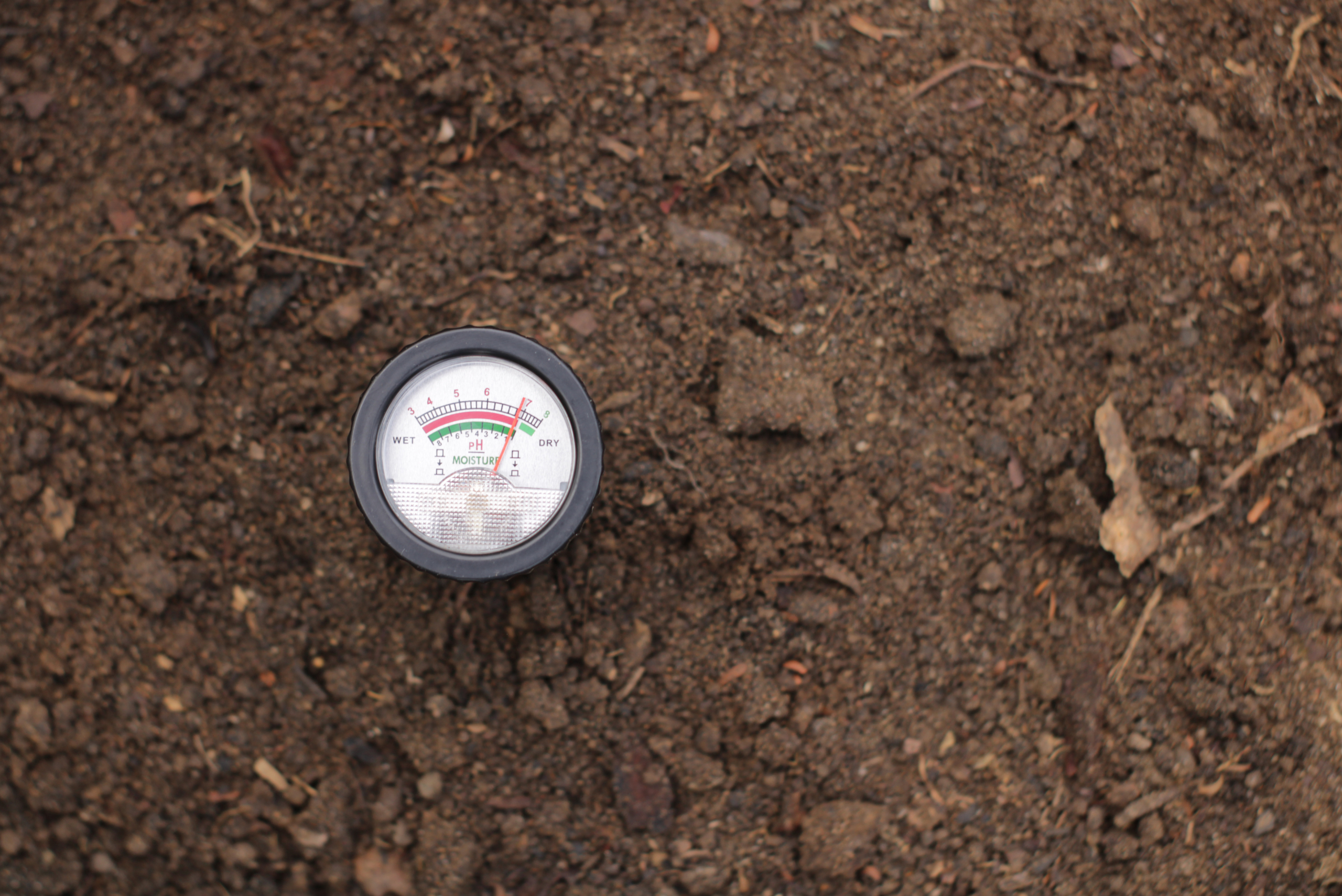
Orange peels can be a valuable tool for adjusting soil pH, particularly for gardeners dealing with alkaline soil. Their natural acidity can help lower soil pH over time, creating better-growing conditions for acid-loving plants. To use orange peels as a pH adjuster, bury small pieces of peel just below the soil surface around plants that prefer acidic conditions.
This method is especially useful for container gardens or raised beds where you have more control over soil composition. Monitor your soil pH regularly and adjust the amount of orange peel you add accordingly. Remember that this is a gradual process, so patience is key. For faster results, combine this method with other pH-lowering techniques like adding coffee grounds or using a commercial soil acidifier.
Related Articles
- How to Easily Remove Tree Roots on Your Own
- Essential Steps for Fall Garden Prep to Guarantee a Blooming Spring
- Prepare Your Garden for Fall with These 8 Simple Tips
By incorporating these orange peel hacks into your gardening routine, you’re not only reducing kitchen waste but also tapping into a natural, cost-effective resource for improving your garden’s health and beauty. From pest control to soil enrichment, these citrus rinds offer a range of benefits that can enhance your gardening experience. So the next time you enjoy an orange, remember that its peel could be the secret ingredient your garden has been craving. Experiment with these methods and discover how this humble kitchen byproduct can transform your outdoor space into a thriving, fragrant oasis.
Ready to start your next project? Join our DIY community to receive tool tips, how-to guides, and exclusive creative insights. Subscribe to the ManMadeDIY newsletter now! Click here to unlock a world of hands-on inspiration.






